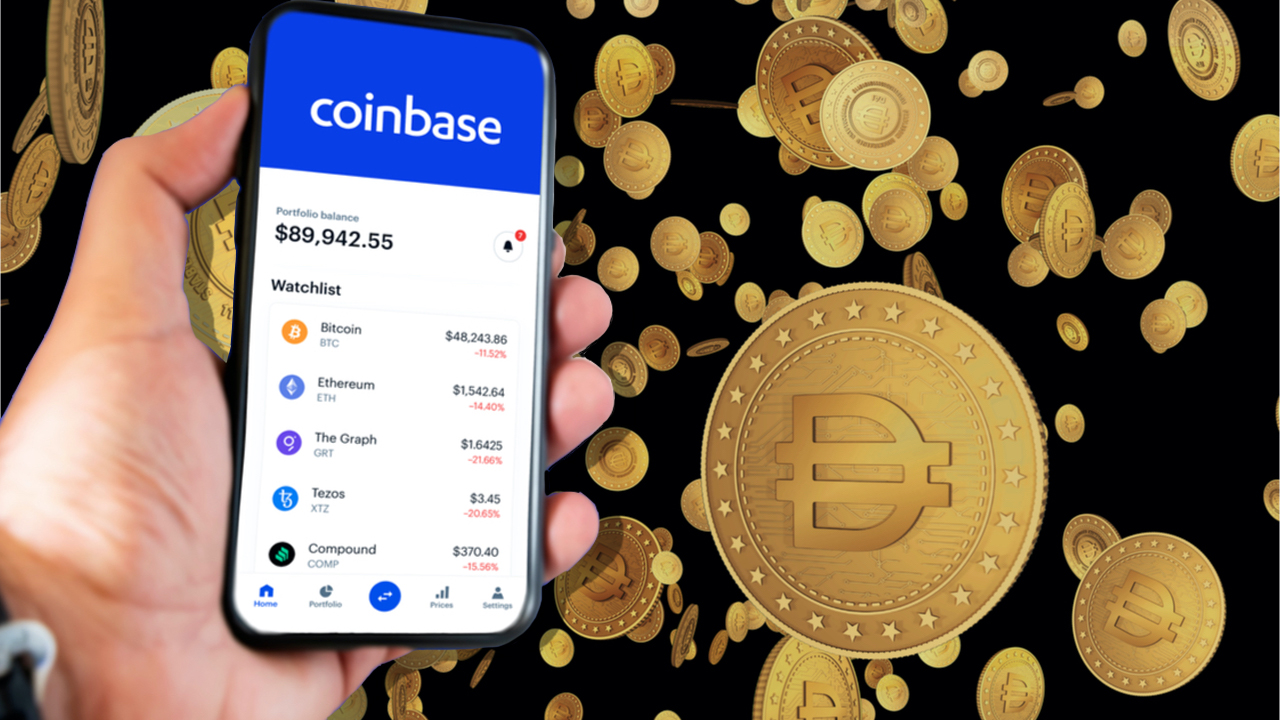The cryptocurrency exchange Coinbase has revealed that it has made decentralized finance (defi) more accessible by giving Coinbase customers from over 70 countries access to earning yield on the stablecoin DAI. Coinbase claims the process is simple with “no fees, lockups, or set-up hassle,” as the firm believes “defi has tremendous potential to help increase…
Coinbase Launches Defi Yield Earning Service to Over 70 Countries, United States Not Included







